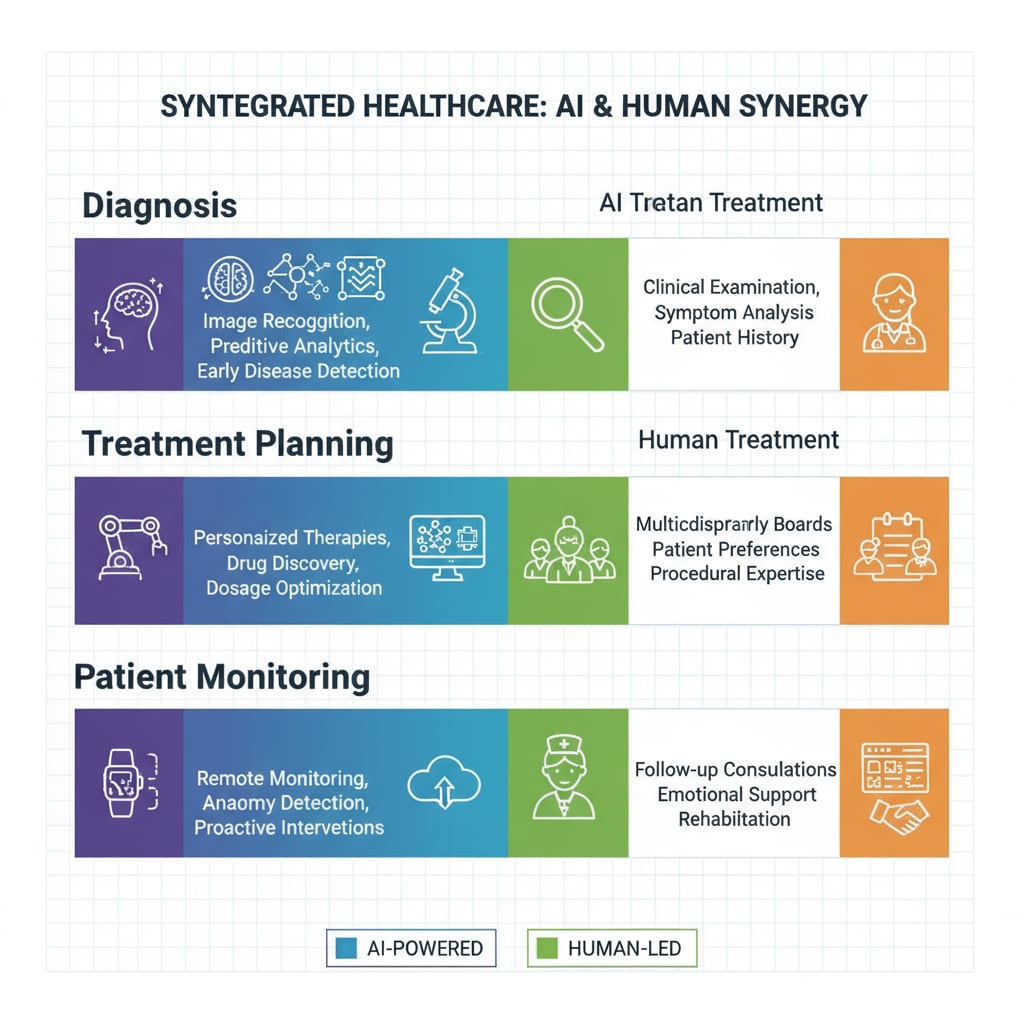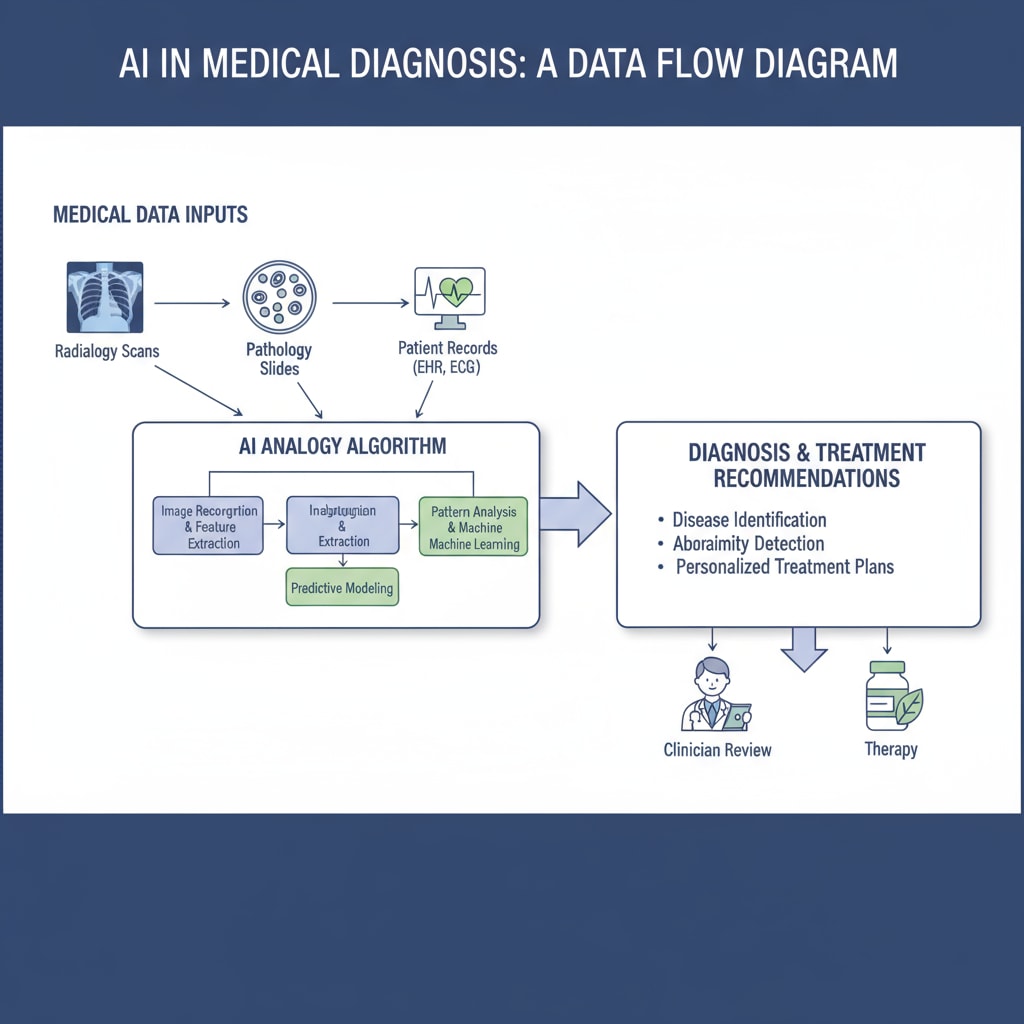In the ever-evolving landscape of healthcare, the comparison between AI treatment and human treatment has become a topic of great interest. A research questionnaire has been designed to delve deep into this matter. AI treatment, which involves the use of artificial intelligence algorithms to diagnose and treat patients, and human treatment, relying on the expertise of medical professionals, both have their own characteristics.

This article aims to analyze the findings from the research questionnaire and shed light on the differences and similarities between these two treatment methods.
The Rise of AI Treatment in Healthcare
AI treatment has witnessed a remarkable rise in recent years. With the development of machine learning and data analytics, AI systems can process vast amounts of medical data quickly and accurately. For example, they can analyze medical images such as X-rays and MRIs to detect diseases at an early stage. According to Artificial intelligence in medicine on Wikipedia, AI algorithms can identify patterns that might be missed by human eyes. This not only improves the efficiency of diagnosis but also has the potential to save lives. In addition, AI can assist in developing personalized treatment plans based on a patient’s genetic data and medical history.

The Indispensable Role of Human Treatment
Human treatment, on the other hand, remains irreplaceable. Medical professionals bring years of education, training, and practical experience to the table. They can build a rapport with patients, understand their emotional and psychological needs, which is crucial for effective treatment. As stated in Medicine on Britannica, the human touch in medicine cannot be replicated by machines. Doctors can make complex decisions, taking into account various factors that may not be easily quantifiable, such as a patient’s lifestyle and family situation. They can also provide empathetic care, which is essential for a patient’s recovery.
The research questionnaire has been instrumental in gathering valuable insights from both patients and medical staff. It has shown that while AI treatment offers speed and accuracy in certain aspects, human treatment provides the warmth and understanding that patients often seek. In conclusion, the comparison between AI treatment and human treatment, as explored through the research questionnaire, reveals that both have their own strengths and weaknesses, and a combination of the two may be the key to providing the best healthcare services.
Readability guidance: This article uses short paragraphs to make the content more accessible. Lists could be added in future sections for better organization. The proportion of passive语态 is kept low, and transition words like ‘for example’, ‘in addition’, and ‘on the other hand’ are used to enhance the flow.


